Mortons Neuroma

About
Morton’s Neuroma is a painful condition that involves the thickening of nerve tissue, also known as perineural fibrosis, which typically forms between the third and fourth toes (metatarsals). The thickening occurs due to irritation or compression of the nerve, causing discomfort, numbness, or a sensation of abnormal pressure in the ball of the foot. If left untreated, this condition may lead to permanent nerve damage.
Causes
The development of Morton’s Neuroma is primarily due to compression or irritation of the nerve between the metatarsals. Contributing factors include:
- Trauma – An injury to the foot can cause inflammation, swelling, or direct nerve damage, leading to a neuroma.
- Footwear – Wearing tight, narrow, or poorly fitting shoes that squeeze the toes together can increase pressure on the nerve, contributing to swelling and irritation.
- Foot Type – People with flat feet (overpronation) or high arches (supination) are more prone to developing Morton’s Neuroma due to abnormal foot mechanics that increase nerve compression.
- Physical Activity – Activities that place repeated stress on the forefoot, such as running, can irritate the nerve and lead to the development of a neuroma.
Symptoms
The most common symptoms of Morton’s Neuroma include:
- Pain between the third and fourth toes, often felt as a burning or tingling sensation.
- A feeling as if there is a pebble underfoot or pressure in the ball of the foot.
- Numbness or odd sensations in the toes, particularly when walking or standing for long periods.
- Increased pain when wearing tight shoes, high heels, or during physical activity.
Diagnosis
A thorough podiatric assessment is essential for diagnosing Morton’s Neuroma. Diagnostic imaging, such as X-rays, ultrasound, or MRI scans, may be used to confirm the condition and rule out other potential causes of foot pain.
Treatment
Treatment for Morton’s Neuroma aims to reduce pain, alleviate pressure on the nerve, and address any contributing factors. Common approaches include:
- Padding/Offloading – Special padding or insoles can be used to reduce pressure on the ball of the foot and alleviate symptoms.
- Custom Orthotics – Custom-made shoe inserts can help correct foot mechanics, reduce nerve compression, and provide long-term relief.
- Footwear Adjustments – Wearing shoes with a wide toe box and avoiding high heels or tight footwear can help prevent further irritation.
- Injection Therapy – Corticosteroid injections or other medications may be injected around the nerve to reduce inflammation and swelling.
- Dry Needling – A technique that involves inserting thin needles into the affected area to relieve pain and muscle tension.
- NSAIDs and Ice – Non-steroidal anti-inflammatory drugs and ice application can help reduce pain and inflammation.
If conservative treatments fail to provide relief, surgical intervention may be necessary to remove the neuroma or reduce its size to alleviate symptoms.
Do you want to know more about this procedure?
Learn how Mortons Neuroma is performed, some of the risks, and other frequently asked questions.
Go to Procedure Details

































